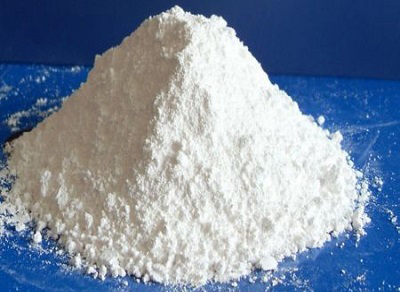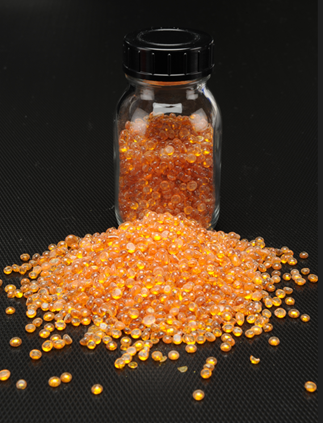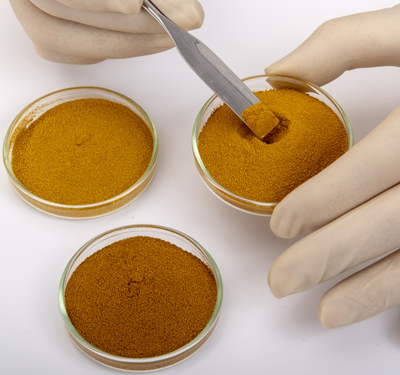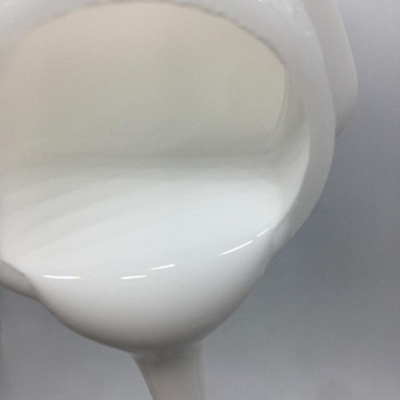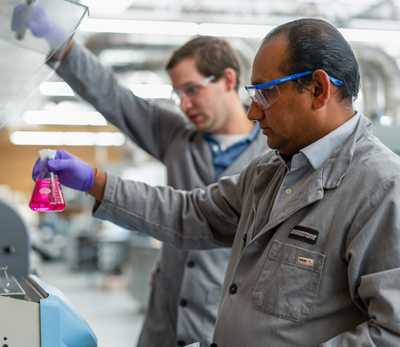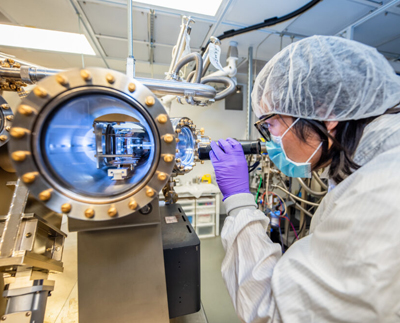Researchers at the University of Virginia School of Engineering and Applied Science have developed a new design that appears to rewrite the textbook on polymer engineering.
“We are addressing a fundamental challenge that has been thought to be impossible to solve since the invention of vulcanized rubber in 1839,” said Liheng Cai, an assistant professor of materials science and engineering, and chemical engineering.
That’s when Charles Goodyear accidentally discovered that heating natural rubber with sulfur created chemical crosslinks between the strand-like rubber molecules. This crosslinking process creates a polymer network, transforming the sticky rubber, which melts and flows in the heat, into a durable, elastic material.
Ever since, it’s been believed that if you want to make a polymer network material stiff, you have to sacrifice some stretchability.
Read More


